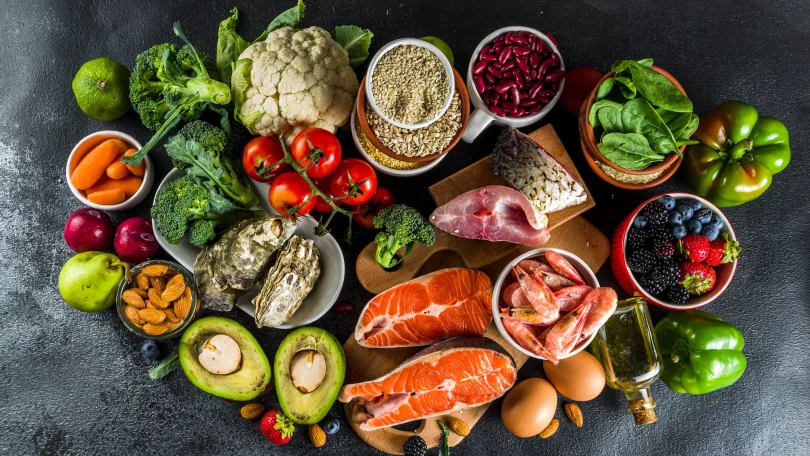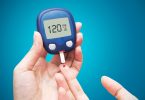The pescatarian diet hit the news this week after actress-singer Janelle Monae claimed the eating plan led to mercury poisoning, and Kim Kardashian declared that 4-year-old daughter North eats pescatarian. So just what is a pescatarian eating plan, and is it healthy? Here’s what you should know.
While there is no one standard definition, a pescatarian essentially follows a vegetarian or vegan diet—yet does eat fish and seafood. For some of the pescatarians I work with, the only animal protein they eat is fish, maybe from sushi or an occasional piece of wild salmon. Others also eat eggs, dairy, or both, but pescatarians do not eat meat or poultry.
The healthfulness of a pescatarian diet comes down to two factors: the amount and type of seafood consumed, and the quality and balance of the other foods a pescatarian eats.
In my private practice, I have seen an increasing number of people go pescatarian, and many are surprised when I tell them that they’re eating far too much seafood. Yes, wild salmon and sushi-grade tuna are excellent sources of protein, and they’re rich in omega-3 fatty acids, which are good fats tied to anti-inflammation, brain, eye, skin, heart, and muscle health.
But the mercury in seafood can add up quickly, especially if you’re consuming it on the daily. One reference I always share with clients is the Environmental Working Group’s (EWG) Consumer Guide to Seafood. After entering your weight, age, gender, and answering a few yes or no questions, you’ll see a chart, arranged from green to yellow and red. The dark green category includes seafood options that are high in omega-3s, lower in mercury, and sustainably sourced. Those on the yellow list signify a higher mercury content, and red indicates varieties that contain too much mercury to eat regularly.
When I walk my clients through the chart, I note that dark green doesn’t mean that eating unlimited quantities is safe. For each type of seafood, the percentage of the weekly recommended mercury exposure found in one four-ounce portion is listed. A quarter-pound cut of salmon contains 14%, but the chart does state that dark green options should be limited to three servings per week—if no other seafood is consumed.
As you progress from green to red options, the frequency of consumption should decrease. A single 4-ounce portion of cod contains 30% of the max weekly mercury exposure, lobster 40%, mahi mahi 64%, and sushi tuna 124%. Some varieties are shockingly high, including swordfish at 246%.
You’ve probably heard that pregnant women need to be careful not to consume too much mercury. That’s because this heavy metal passes through the placenta, and in excess may damage a baby’s developing brain and nervous system. In adults, the risks of excess mercury are still being studied. Some research has also linked excess mercury exposure to high blood pressure, heart disease, and possibly Alzheimer’s disease.
As for the remaining healthfulness of a pescatarian diet, again, it’s all about what else you eat. Seafood or no seafood, a healthful diet includes plenty of veggies (I recommend at least five cups a day, or five tennis ball–size portions), fresh fruit, pulses (the umbrella term for beans, lentils, peas, and chickpeas), whole grains, nuts, seeds, herbs, and spices. In other words, whole, naturally nutrient-rich plants that provide a balance of macronutrients (protein, carbs, and fat) and a wide spectrum of micronutrients and antioxidants.
If you choose to include eggs or dairy, opt for the highest quality sources, namely pasture-raised organic eggs, and grass-fed organic dairy. Keep processed foods and added sugar to a minimum, eat on a regular schedule, drink plenty of H2O, and aim for a wide variety of foods within each food group, in order to broaden your overall nutrient intake.
Cynthia Sass, MPH, RD, is Health‘s contributing nutrition editor, a New York Times best-selling author, and a private practice performance nutritionist who has consulted for five professional sports teams







